What Creates Holes In Swiss Cheese
Microscopic particles of dust from hay settle into milk containers and create holes by interacting with the milk rennet and bacteria used. Swiss cheese is made by adding Propionibacter shermani and other cultures to milk after it has been warmed.
/GettyImages-71285433-57ec06383df78c690f425031.jpg)
Why Are There Holes In Swiss Cheese
This bacteria is safe.
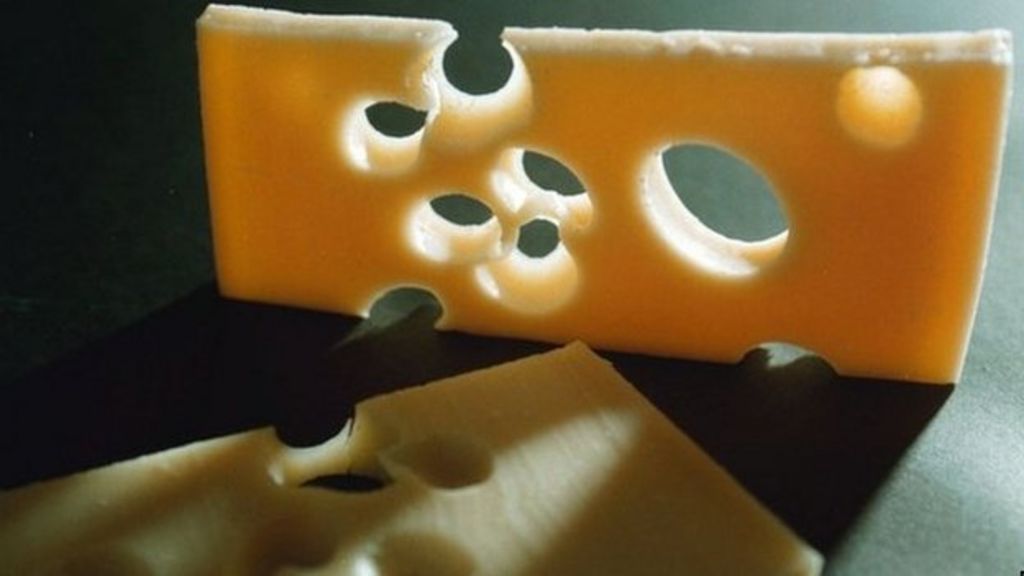
What creates holes in swiss cheese. The standing explanation on the holes in Swiss cheese is that theyre formed by carbon dioxide gas created by the bacteria used to give the cheese its. In 2000 the FDA regulated the holes in Swiss cheese to be between 38 and 1316 of an inch in diameter. The holes in Swiss cheese have created trouble in the past for commercial cheese slicers.
A concept not dogma As with all aspects of this infographic the groupings are not a mandate there is overlap between layers and groups just as the layers are not in a specific order of importance nor are the number of holes representative of. If this bacteria is mixed into the cheese and heated a little carbon dioxide is released. The size of the holes can be altered by changing the acidity temperature and time of its preservation.
This fermentation process also creates the sweet and nutty flavor of cheese that we love. Sharp cheddars-different aging times mild is aged the shortest. As the bacteria break down the lactic acid in the cheese they generate carbon dioxide which forms bubbles in the cheese as it ages.
Department of Agriculture revised its rules on the cheese which included minimizing the allowable size of holes in all Grade-A Swiss. Swiss cheese has a specific type of bacteria that creates the gas that creates the holes during fermentation. Carbon dioxide given off by the bacteria used to make Swiss cheese creates the air bubbles in the process resulting in those holes that we refer to in the industry as eyes The size of the eyes does not have an effect on the taste of the cheese and can be controlled through.
In 2001 The US. Holes in most types of aged cheese is and has always been considered a bad thing. These holes are called eyes and a Swiss name is.
The bacteria consumes the lactic acid found in milk and releases tiny bubbles of CO2 which form gradually growing air pockets resulting in the holes you see in Swiss cheese. An interesting tidbit. During the fermentation process the bacteria in the cheese releases gas which creates the holes.
See yourself as a piece of Swiss cheeseknow your holes and add others slices whose substance when layered on your slice eventually creates a solid firm unified block of cheese. What creates the eyes in Swiss cheese. Swiss cheese is a cows milk cheese made with a mixture of bacteria.
The Swiss cheese model of accident causation is a model used in risk analysis and risk management including aviation safety engineering healthcare emergency service organizations and as the principle behind layered security as used in computer security and defense in depthIt likens human systems to multiple slices of Swiss cheese stacked side by side in which the risk of a threat. The holes are apparently classified information although he will reveal that they are the product of a unique blend of cheese cultures described as the very soul of Jarlsberg and made to a. The of Swiss Cheese.
The released gas creates holes in the cheese. How can I fix DynaMesh Swiss Cheese and ShatteringVideo covers what DynaMesh Swiss Cheese and Shattering is then depicts workflows on. In most other types of cheeses bubbles are formed by contamination of bacteria or yeast that should not be in the cheese.
Though urban legend has it that mice eat holes into Swiss cheese varieties like Emmentaler and Appenzeller its been theorized since 1917 that bacterial growth creates gases that make holes. May 20 at 452 PM Ever wondered how these large holes form in cheeses like this Artikaas Baby Swiss. Swiss cheese especially has holes in it.
Maybe the three blind mice had decent sight but specialized in blind cheese. Gas-forming bacteria create holes in swiss cheese Inoculation with mold spores creates blue-veined cheeses Pulling and stretching of curd after kneading produces ropy texture in mozzarella and provolone Milk vs. Cheese without holes is known as blind.
The holes in Swiss cheese are called eyes. Swiss Cheese is a healthy option because its lower in fat and sodium compared to most other cheeses. Swiss cheese is a cows milk cheese made with a mixture of bacteria.
If the cheese in question is Emmental the milk is not pasteurized. Fermenting bacteria creates bubbles in ripening cheese leading to holes. Shermanii is deliberately added to.
This makes it a great cheese for people who need to watch their salt andor fat intake. Using Swiss cheese. Besides the normal lactose converting bacteria it contains another special propionic bacteria that breaks down the lactic acid in the cheese and generates carbon dioxide which forms bubbles in the cheese as it ages.
While other cheeses may have openings created from different types of microbial and mechanical means a microbe called Propionibacterium freudenreichii ssp. A 1-ounce serving also offers 9-grams of protein and a. Swiss cheese is a variety of hard cheese made from cows milk and bacteria that creates the carbon dioxide that makes holes in the cheese.

Swiss Cheese Hole Mystery Solved It S All Down To Dirt Bbc News
Why Do Some Types Of Cheese Have Holes The Times Of India
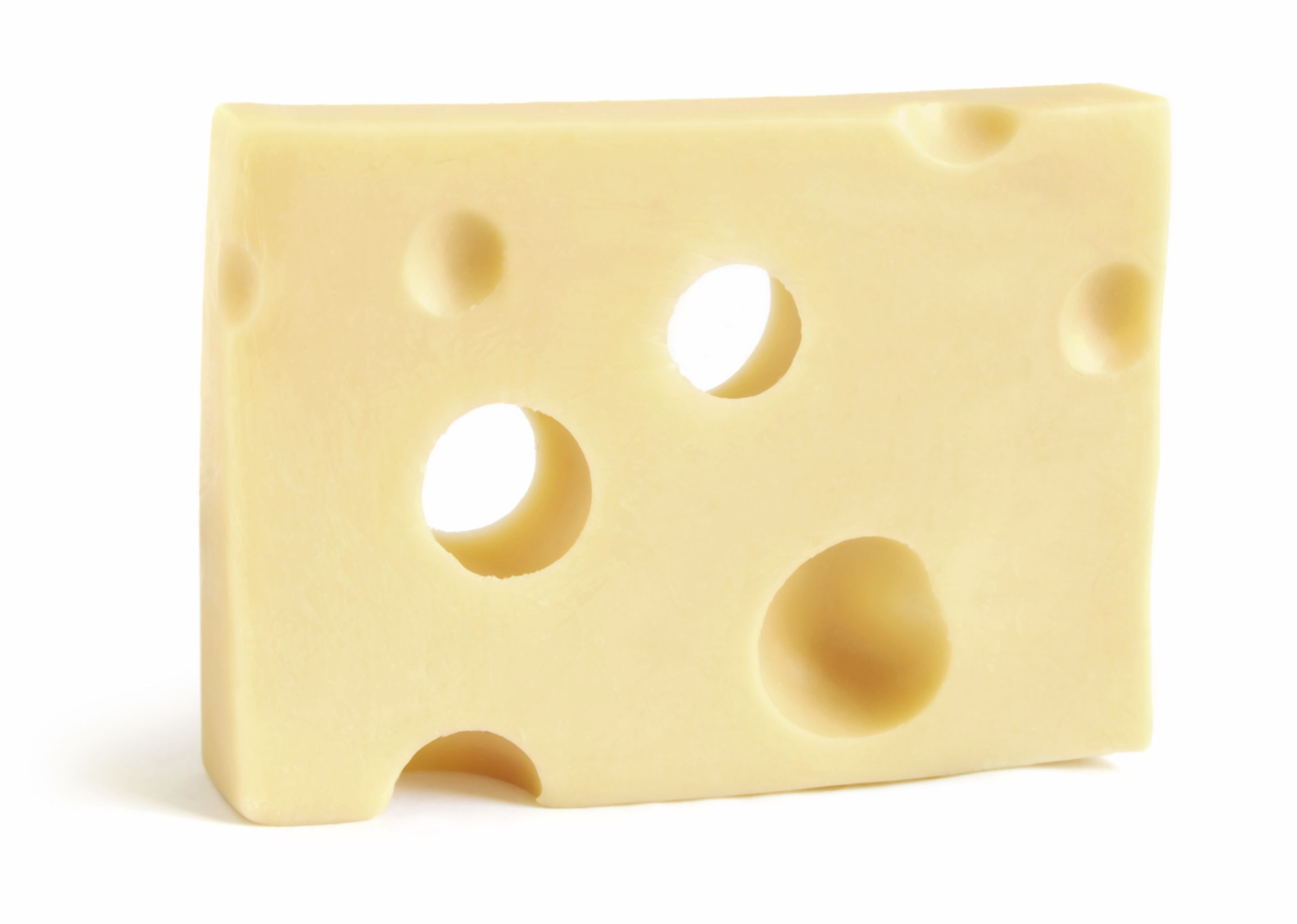
The Mystery Of The Disappearing Holes In Swiss Cheese Has Been Solved
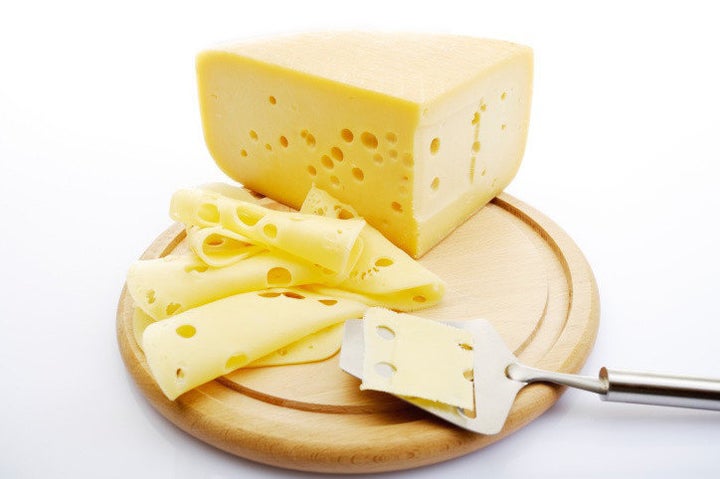
Why Does Swiss Cheese Have Holes Huffpost Life

Swiss Cheese Simple English Wikipedia The Free Encyclopedia
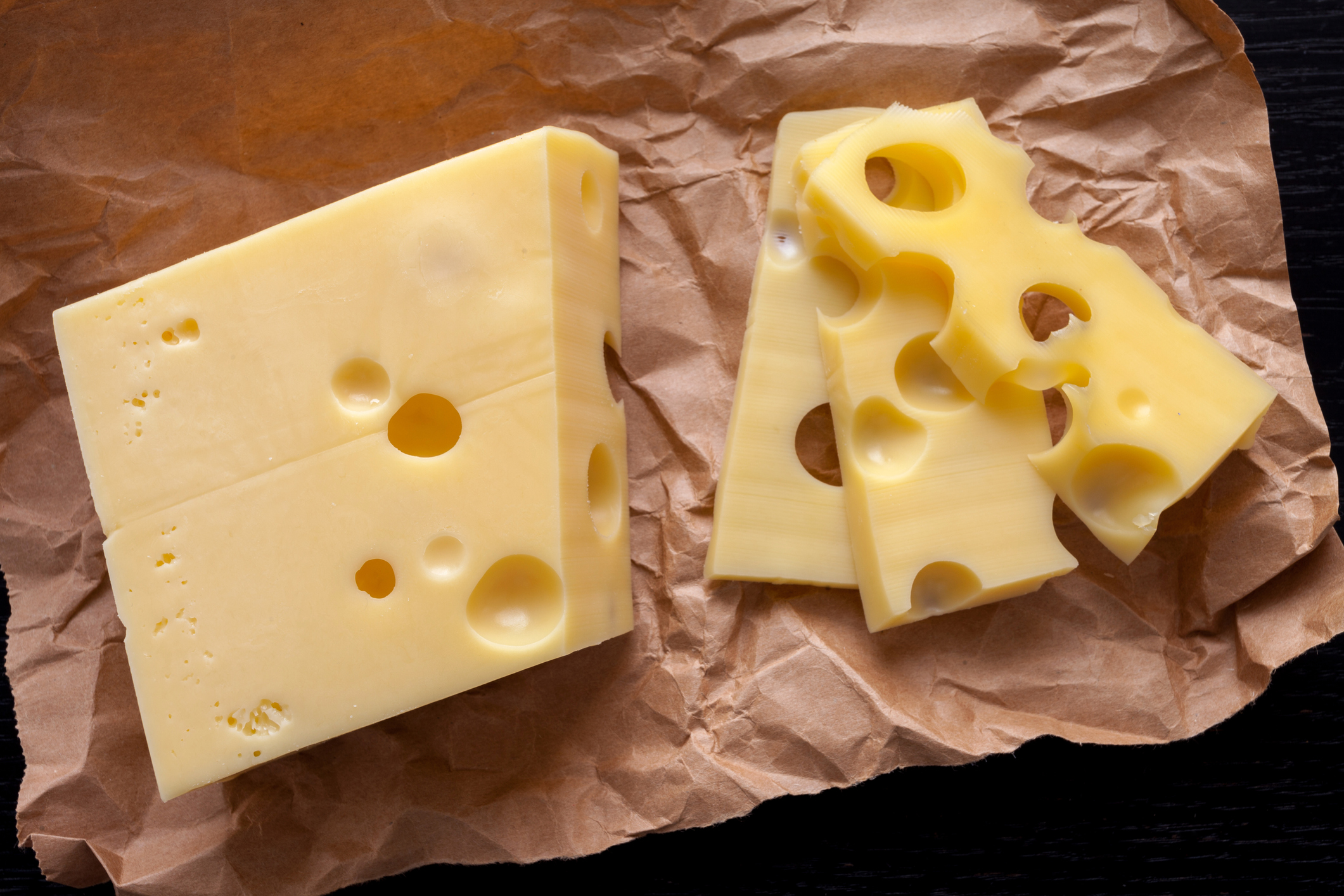
Why Does Swiss Cheese Have Holes
Why Swiss Cheese Has Holes And How Explained By Cheese Expert

The Reason Why Swiss Cheese Doesn T Have Holes Anymore
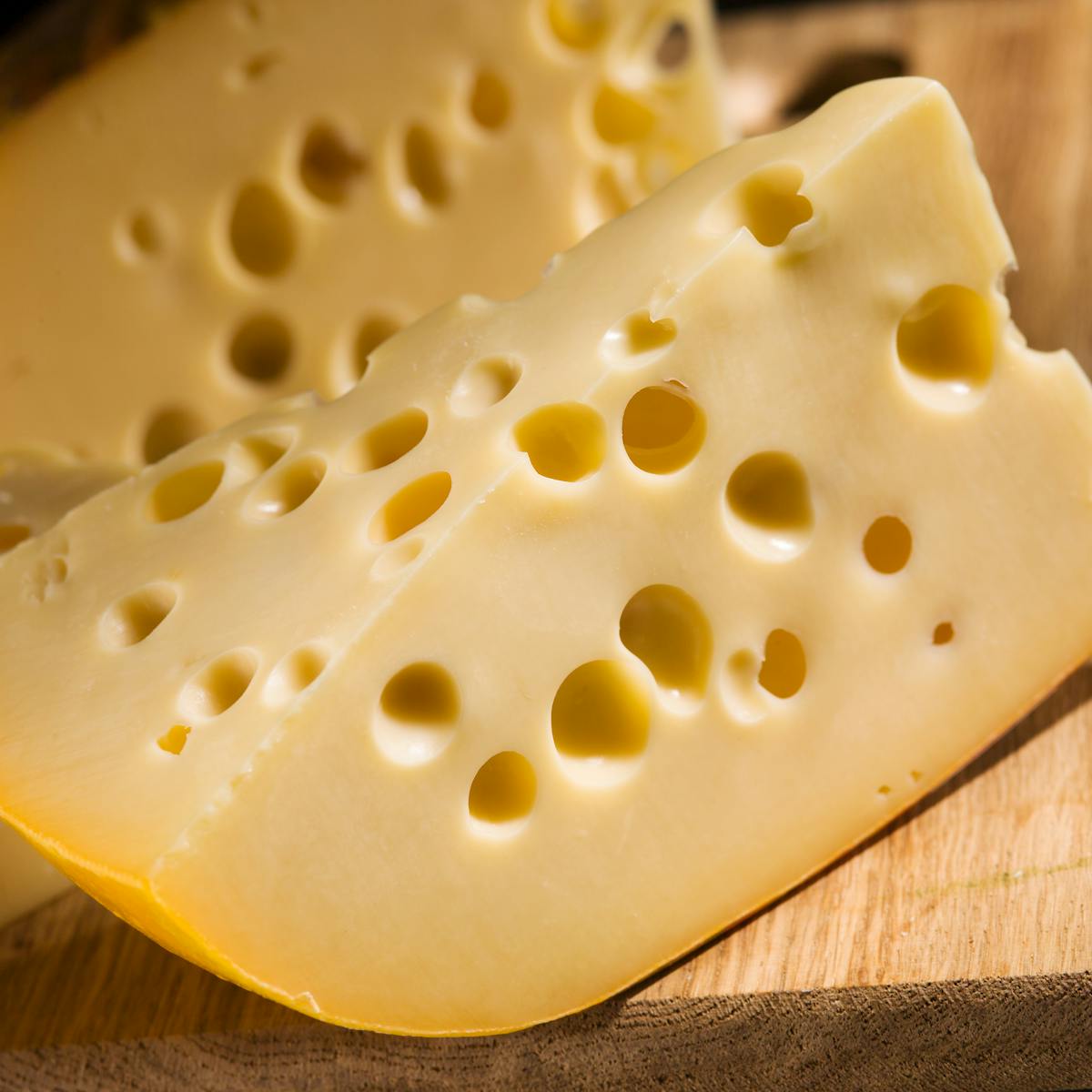
Why Does Swiss Cheese Have Holes

Why Does Swiss Cheese Have Holes Myrecipes
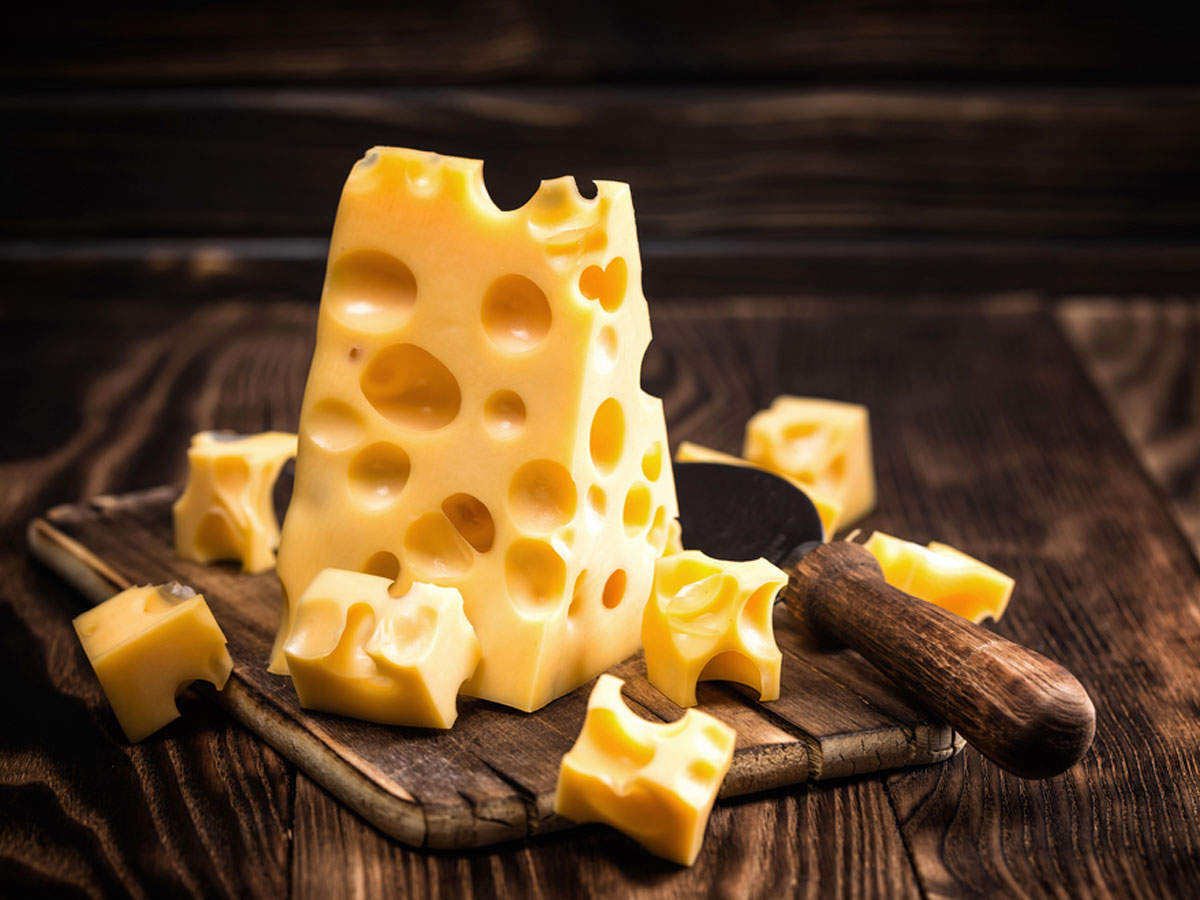


Posting Komentar untuk "What Creates Holes In Swiss Cheese"